Dear Lee,
Huge tiles picturing elephants that once were on the front of the Pachyderm Building at the Cleveland Zoo are being moved to support a hill near the now-being-enlarged Natural History Museum in Cleveland. The tiles were made by the Cleveland artist Viktor Schreckengost. He is best known today for the Jazz Bowl, a bright blue and black punchbowl made for Eleanor Roosevelt in 1930, before her husband was elected President. Viktor was a Cowan Pottery designer and made three versions of the Jazz Bowl that were sold to the public. The bowls had minor changes, like the curve of the rim, that make dating them easy.
But back to Viktor. He was a genius who was able to make improvements to everyday items like the electric fan, printing press, cab forward truck, bicycles and pedal cars that made them more efficient, less costly, and better looking. He also was an artist who made huge statues for the 1939 World’s Fair, everyday and Christmas tableware, Christmas cards, paintings, watercolors, and most surprisingly, helped develop radar for pilots during World War II. We were lucky enough to know him and spend several days filming an interview at his house for our TV series.
Lots of insider stories. How he made a small clay horse that, about 13 years later, was glazed turquoise and added to the line of giftwares at Cowan. How he created a comfortable metal chair with nickels and a great idea. He made a mockup of the chair with a soft clay seat, put it at the door of an art school cafeteria, and paid 5 cents to anyone who sat on it. After 500 “bottoms” dented the clay, he made a mold and created the chair seat for everyone. The Sears electric fan was popular, but he was hired to improve it. He tested airflow, learned that removing one of the five whirling blades made it more efficient, less expensive, and more modern looking. He was hired to improve the looks of some kitchen cabinets. He made handles for the doors that were cut into the doors. This meant the cabinet needed a few inches less space when packed for shipping, which meant the shipping costs were lower, which meant the cabinets could be sold for less. And the cabinets looked sleeker.
We own one of the watercolors he did each year for an advertising company calendar. It is a drawing of New York skyscrapers and their reflections in the river—done when he was over 70 years old—with straight lines that he drew freehand, never using a ruler. His pedal cars and bicycles for Murray Ohio Manufacturing are high-priced collectibles today. And as a teacher at the Cleveland Institute of Art, he trained over five important designers of automobiles. His dinnerware designs were used by at least six companies.
Viktor died in 2008 at 102 years old. He was still going to the pottery shows, talking to collectors, and signing autographs, especially on the backs of pieces he designed. If you can’t afford a Jazz Bowl—one sold for $254,400 in 2004—you can afford a dish from one of his dinnerware patterns. Look for Christmas Eve (1950-1999); Manhattan, a modern shape (1935); Flower Shop, a shelf of flowerpots (1935); or a piece in a little more expensive free-form shape called Primitive (1955) that has decorations that look like cave drawings. Or, you might even find a comfortable metal chair.
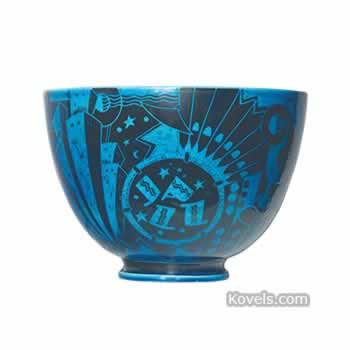
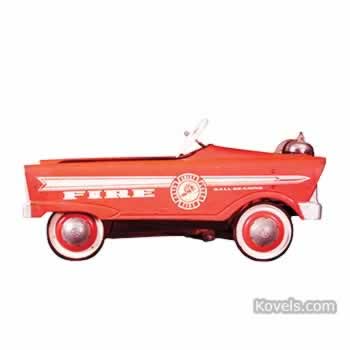
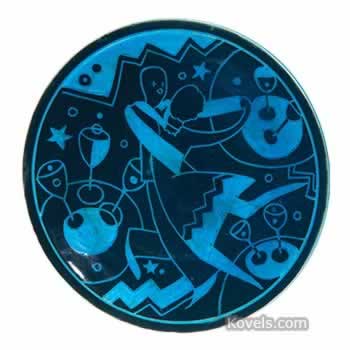
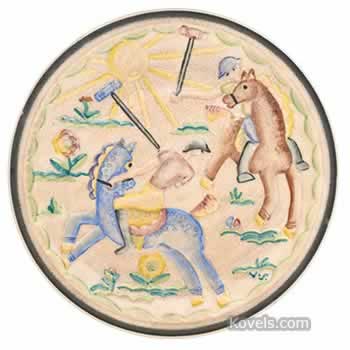
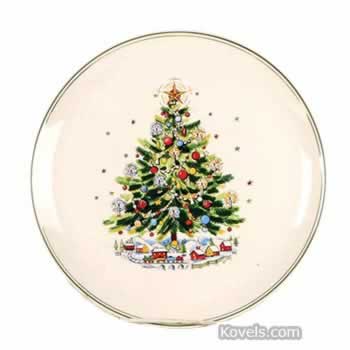



Leave a Reply
You must be logged in to post a comment.